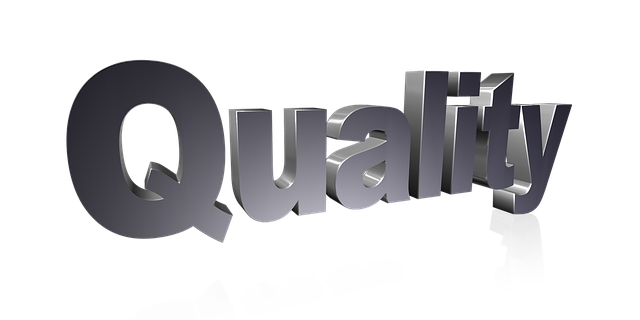QC7つ道具、新QC7つ道具

QC7つ道具、新QC7つ道具(QC seven tools_ New seven tools for QC)
スポンサーリンク
アフィリエイト広告を利用しています。
1.単語
(1) QC7つ道具; QC seven tools
/ パレート図; Pareto diagram
/ 特性要因図; cause and effect diagram, characteristic diagram, Ishikawa diagram
/ チェックシート; check sheet
/ ヒストグラム; histogram
/ 散布図; scatter diagram, scattergram
/ 管理図(グラフ); control chart, (graph)
/ 層別; stratification
(2) 新QC7つ道具; New seven tools for TQC
/ 親和図法; affinity diagram
/ 連関図法; relations diagram
/ 系統図法; tree diagram
/ マトリックス図法; matrix diagram
/ アローダイヤグラム法; arrow diagram
/ PDPC法; process decision program chart
/ マトリックスデータ解析法; matrix data analysis
2. 例文
/ The objective of stratification is to grasp a problem or to analyze its causes by looking at possible and understandable factors or items.
→
/ A Pareto diagram shows which defective items should be tackled first.
→
/ Checksheets come in several types, depending on the objective for collecting the data.
→
/ A scatter diagram is a tool for analyzing relationships between two variables.
→
/ A Histogram is a picture of variation or distribution, where data has been grouped into cells and their frequency represented as bars.
→
/ Control charts, first proposed by W. A. Shewhart of Bell Telephone Laboratories in 1924, are used for maintaining both process and manufacturing control in a stable condition.
→
/ Ishikawa diagram composed of lines and symbols is designed to represent the relationship between effects and their causes.
→
/ In its original form, matrix data analysis was heavy on mathematics.
→
/ The arrow diagram can be simple and straightforward, but over time its use has evolved to that of organizing and monitoring complex projects and situations.
→
/ Matrix diagrams can be used to show the relationship between two, three or four groups of information.
→
/ PDPC is a visual tool that combines and builds on elements of several other techniques.
→
ORG:2018/4/2